How Can Translators Increase Their Translation Productivity?
CLEAR WORDS
TRANSLATIONS
All News
December 18, 2018 |
How Can Translators Increase Their Translation Productivity?
Faster work doesn’t have to mean low-quality translations. You can increase translation productivity without cutting corners, at the same time as having excellent effects on your business and relationships with your clients.
Unlocking translation productivity can be a challenge, especially if you’re working with several clients at the same time and handle different topics in various niches. However, you can improve your working routine and workflow with some simple productivity tips.
Here’s how to increase your translation productivity without overworking yourself.
Increase Translation Productivity with CAT Tools
Working with Computer-Aided Translation (CAT) software increases your productivity significantly. An experiment by one freelancer revealed that CAT tools could increase translation productivity anywhere between 1.6 and 4.4 times, depending on the type of software used.
Of course, the difficulty of a translation varies with the niche and the pair of languages involved. However, there’s no doubt that having extra help can notably reduce the number of hours you dedicate to each project.
When you’re working with multiple clients on different projects, using software can help you to handle more translations at the same time, without sacrificing the quality of your work.
CAT tools allow you to ensure consistency when translating content for each client. You can easily keep track of product names, specific terminology, and abbreviations that you need to use in the translated version of the content.
Better still, you can build a translation memory (TM) where you can preserve entire strings and segments to use for future translations. This is especially useful for technical translations with complex terminology. This way, you reduce working hours and provide the same quality for all your projects.
Every time you have new content to translate, the software uses data to suggest similar translations you’ve done and identifies the words that need to be translated. This way, you don’t have to go back to old translations to look for the exact term to use in each context. You save time and energy that you can dedicate to the creative side of the translation project.
Automation solutions are key to high-quality work and fast turnarounds. Besides, by reducing the number of hours you dedicate to each project, you can keep costs under control so that you can align your prices with market trends and stay competitive.
Split Large Tasks into Milestones
Translation is rewriting into a different language while maintaining the exact meaning of the content. It requires a combination of multiple abilities, from which creativity is equally as important as your technical and language skills.
Large projects can be motivation killers. Having too much work ahead of you can be overwhelming and keep you from staying focused on your performance.
According to studies, working under pressure can annihilate creativity, making you less productive and more likely to make translation errors. That’s why you need to create a relaxed working environment, where time is on your side.
By splitting large tasks into milestones, you can keep a consistent workflow in your routine. Better than that, each time you reach a new milestone, you can regain your enthusiasm and motivation. Working with achievable goals that reflect your abilities can increase your productivity by as much as 15 percent.
Furthermore, you should always reward yourself after each large task, as part of your strategy to increase translation productivity. Relax, take some time away from working assignments, allow your mind to free itself from going back and forth between two different languages. You’ll recharge your batteries and work better on your next projects.
Eliminate Distractions When Working
Eliminating distractions while working is easy to say and hard to achieve. Emails, social media notifications, phone calls, or just the idea that you still have to make plans for the weekend.
Distractions are part of everyone’s lives, and translators are no exception. In fact, as you handle multiple clients and translation projects, you’ll have your mind on many concepts at the same time.
Here’s the thing: multitasking is a myth. Working on several projects at once only holds you back and keeps your mind overwhelmed with details. Research has shown that multitasking is ineffective, as you can’t do everything at once, no matter what you like to think.
Trying to handle translations, emails, and administrative tasks at the same time only slows you down, as it doesn’t allow you to remain focused on your work. Even if you use CAT tools to speed up the translation process, having your mind wandering between different terms and topics won’t help you to improve translation productivity.
So, turn off your smartphone, set specific moments for checking your email and Facebook account, and dedicate a limited number of hours to accounting. Get a second screen if switching between the CAT tool and your browser has become a permanent source of distraction.
Find Your Work-Life Balance
People who are happy with their work-life balance work 21 percent harder than those who lack the balance between their job and personal obligations. Whether you’re working with a language services provider or as a freelancer, make sure you don’t dedicate too much time to your translation projects, ignoring your other needs.
Research has shown that creative people sleep more, but can’t rest as well as those who don’t do creative work. A lack of regular sleeping hours can affect your productivity, and working too much can lead to overtiredness, with notable effects on the quality of your translations.
A good night’s sleep, regular exercise, time spent with friends and family; all these elements can help you maintain a balance between your demanding profession and your personal life. This way, you’ll be happier and focus your attention on the things that matter. You’ll work better and deliver excellent results with less effort.
Track Your Performance
Try to monitor your daily working activities to get insights that allow you to analyze your habits. This could be how many words you translate each hour in the morning and the afternoon, whether having lunch at a particular time helps you regain energy, or how often you need to take breaks or change activity.
If you know that your most productive hours are in the morning, for example, you can schedule the most demanding tasks at the beginning of the day. This way, you leave the less important activities for the afternoon, when it’s harder to handle creative tasks successfully.
A well-planned working day can work miracles for your translation productivity. Together with the other tips, you can reorganize your routine to deliver high-quality translations every day. In time, you’ll work faster, get better results, and even take on new clients, without having to cut corners on quality.










